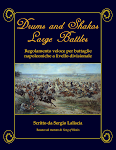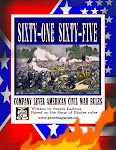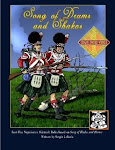When I
approached this problem I started studying two old games (RoboRally and Blue
Max) and a relatively new game (Wings of War/Wings of Glory).
RR is a
boardgame where robots move on a board and shoot each other while trying to
reach a Finish Line passing through several check points (a sort of regatta).
Players have cards to plan their moves and must allocate 3 consecutive cards (maneuvers)
for each turn, laying them face down on the table. Then first card is flipped
and all movements are performed. After some shooting (automatic, they are
Robots!) players flip the second card, and so on. After the third card a new
planning phase begins. A square grid regulates movement.
Blue Max is
a game of WW I Air Combat, played on a hex grid. Each plane, according to its
features (speed, climbing rate, and the like) has a card where all possible maneuvers
are listed with a code. Each turn players are required to choose secretly a
code and then reveal it at the same time. Planes move and then fire if allowed
to (Arc of fire, range). I don’t remember right now how many moves you had to
plot in BM, but that is not important.
The “son”
of these 2 games is the famed “Wings of War” (now “Wings of Glory”) which
covers both WW I and WW II Air combat. With minor differences, both periods have
a plotting phase (2-3 cards) and then moves are resolved. The big difference
from RR and BM is that WoW does not use a grid. The “move cards” are a sort of
template that you position in front of your airplane, then move it beyond the
card at a certain point printed on it.
It seems
easy to adapt the same concepts and mechanics to miniature wargaming, but there
are some (minor?) drawbacks. First of all, this system requires the use of
cards: other means are too complicated. It also requires, in my opinion, the
use of a grid as it is not suited for linear games. The variable frontage of a
unit (according to its formation) does not allow the use of card templates like
in WoW, and the different speed of the units (infantry, cavalry and artillery)
would force the producer to print many, many cards. Finally, a game like this would
require a lot of SPACE: if – for each unit capable of moving – we have to put on
the table 3 face down cards, much of the surface would be crammed with cards
(even if they are small).
So, if you have nothing against cards and grids,
and have a lot of space, there could be a solution. More about this soon….














